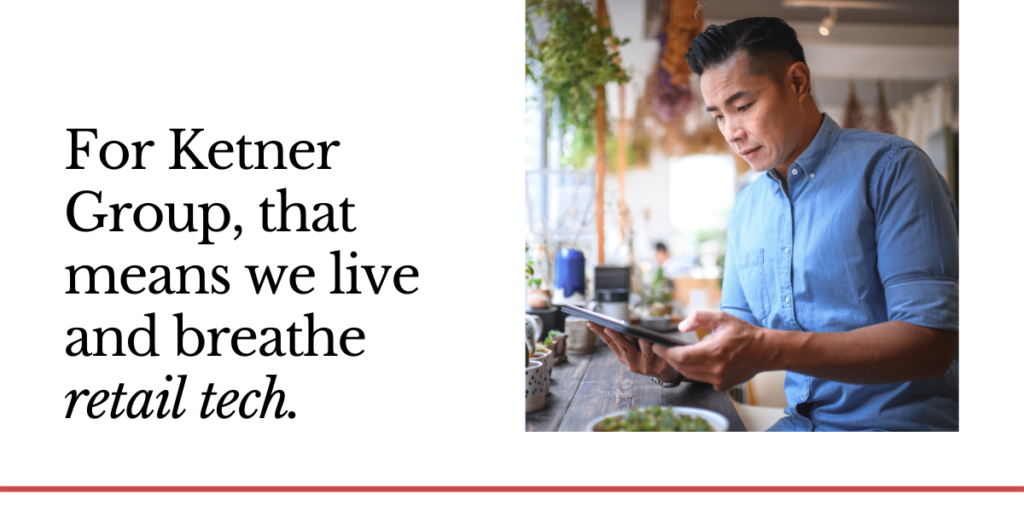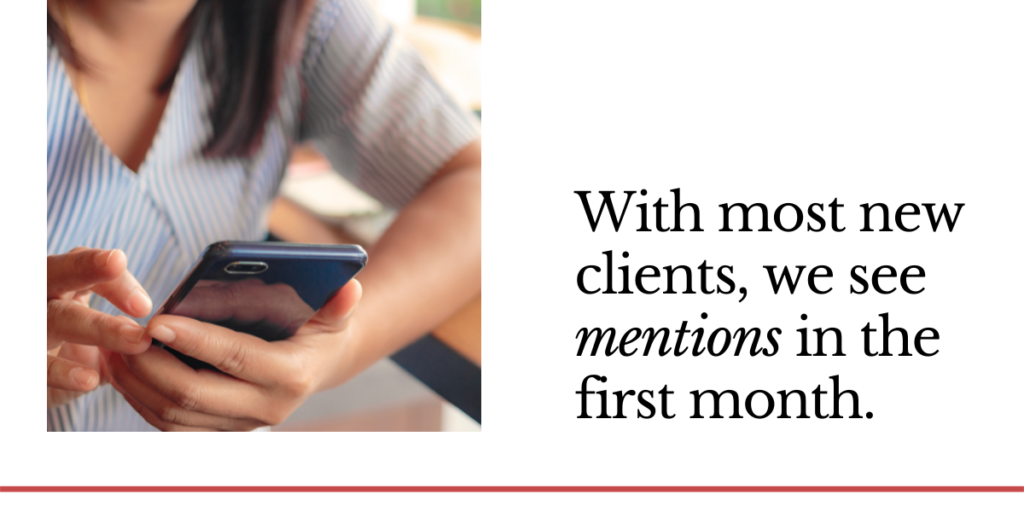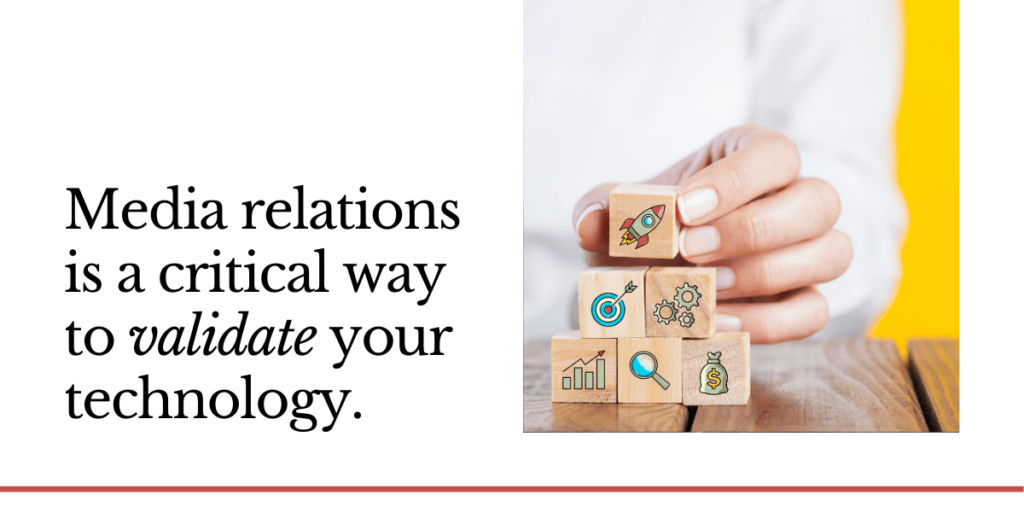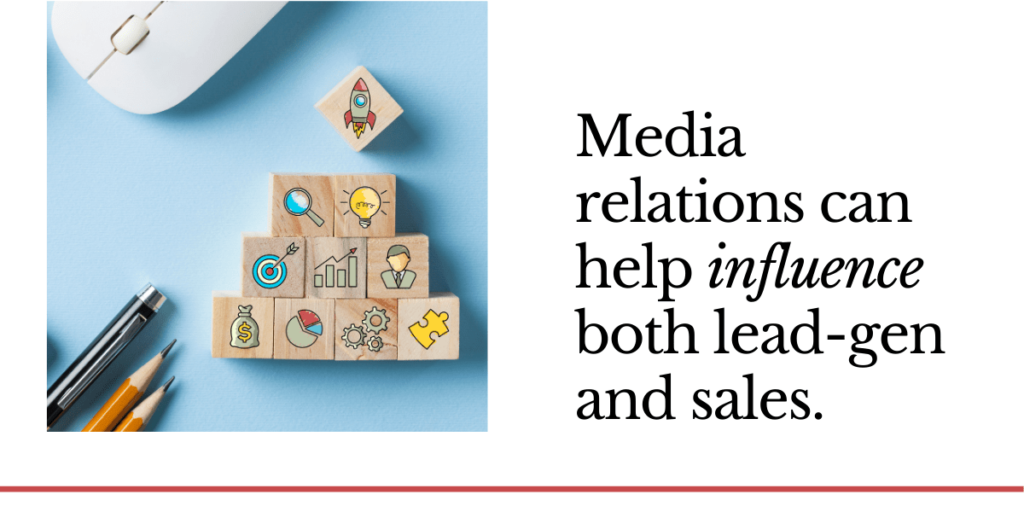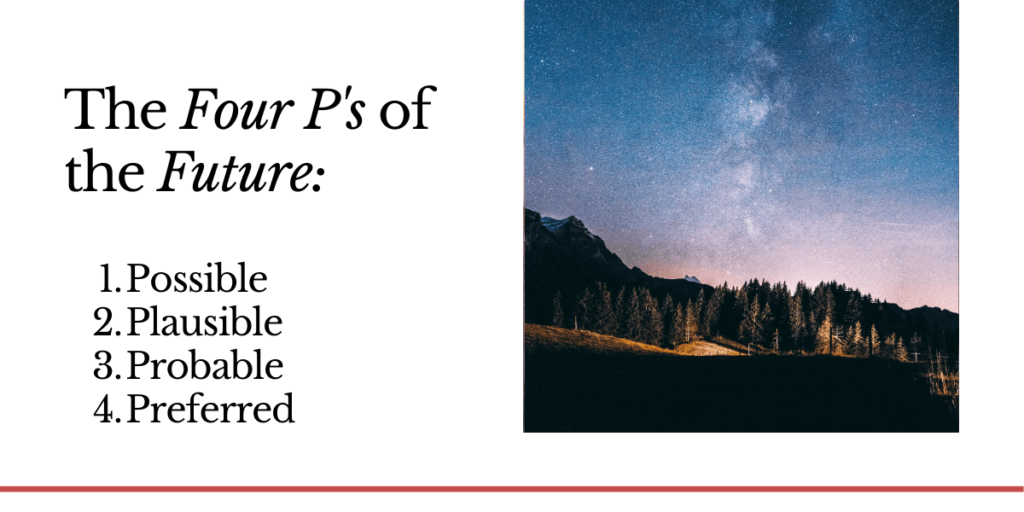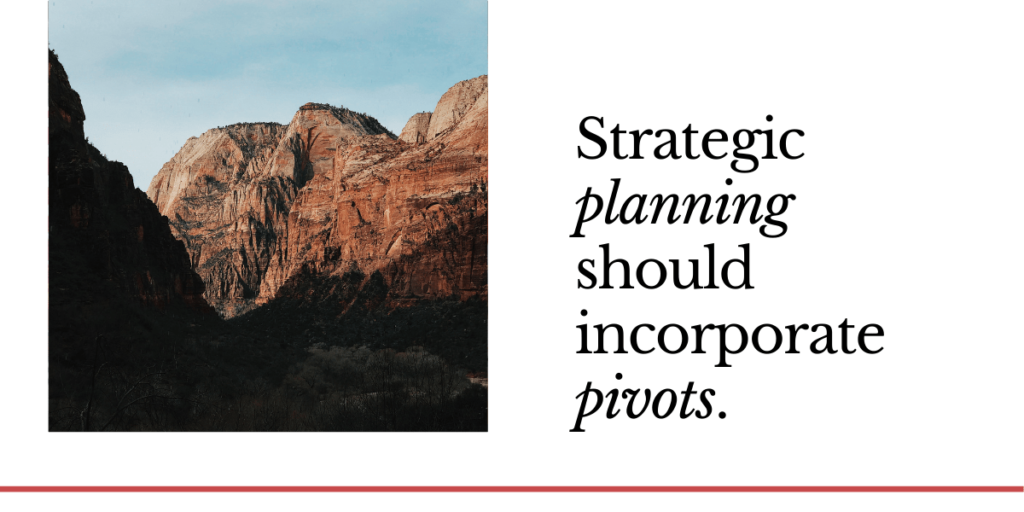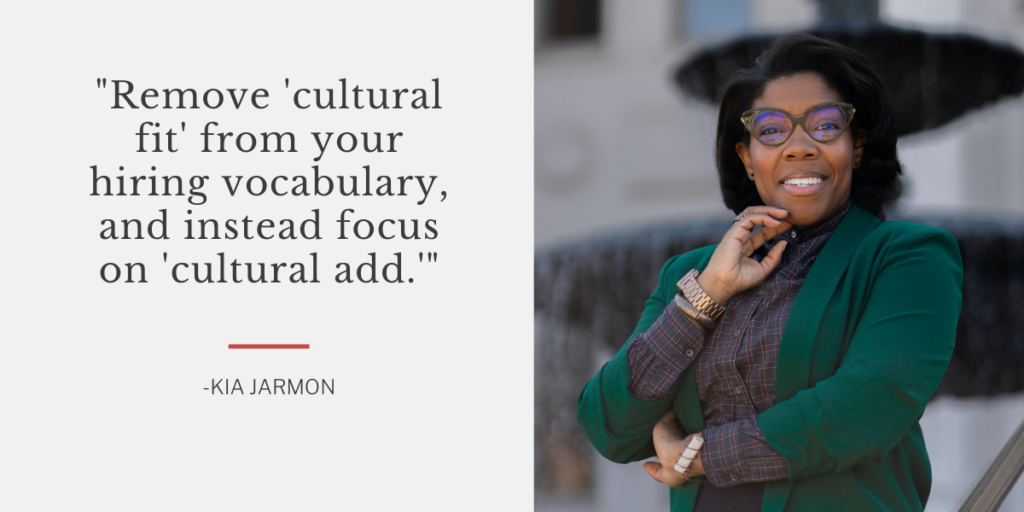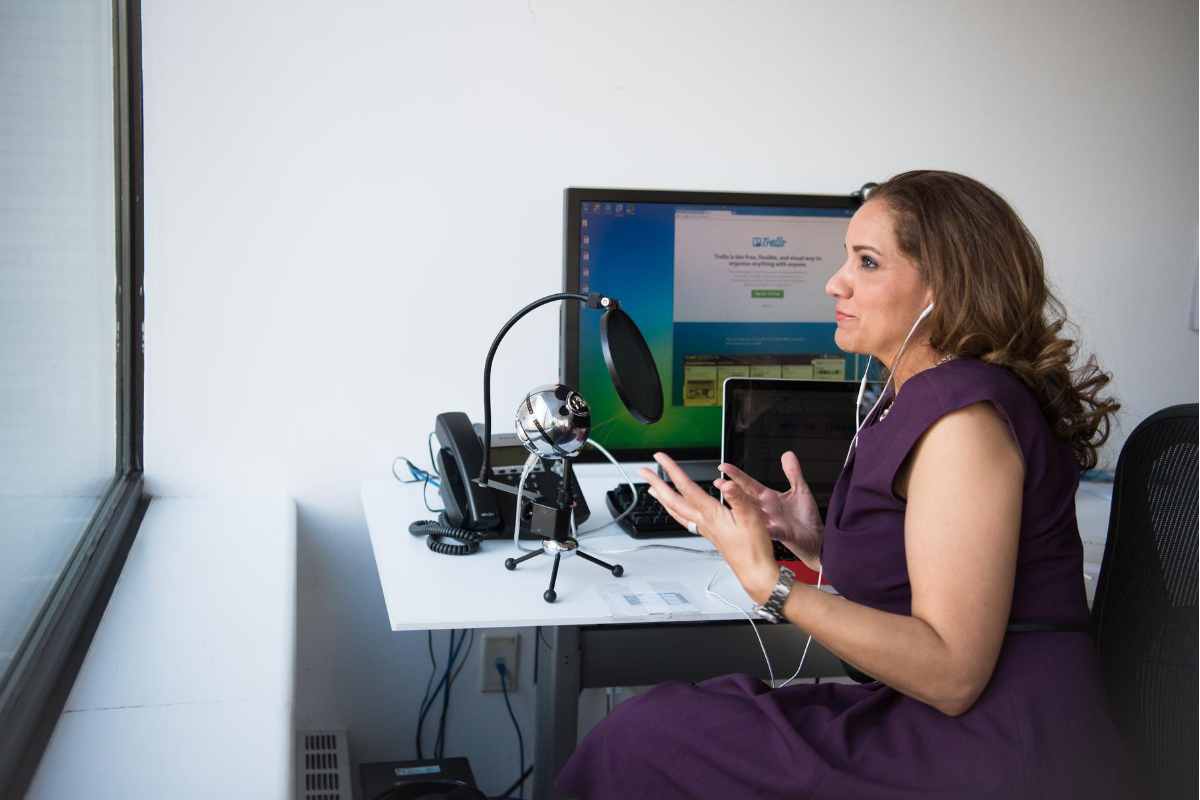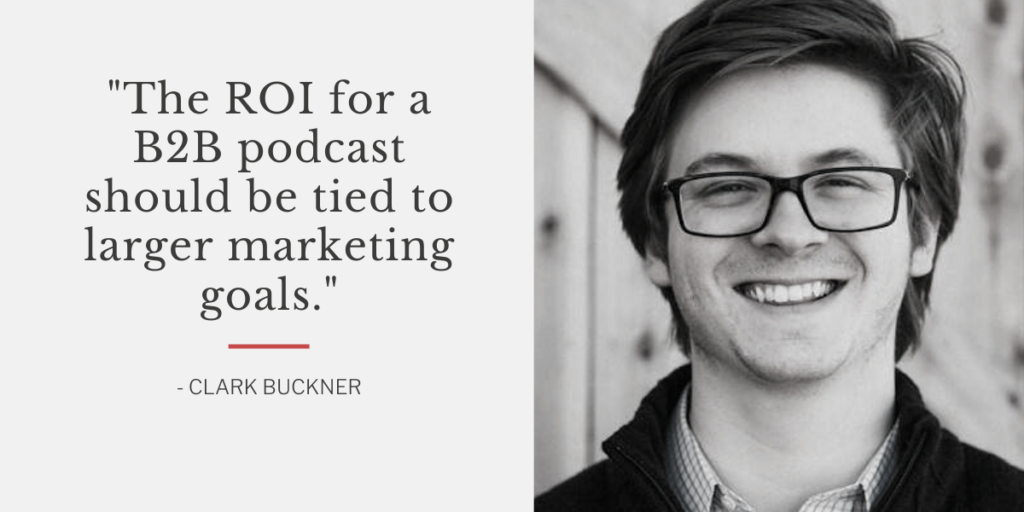We’re excited to share that our eBook, the Retail Tech PR Handbook, is out now! The handbook dives into several aspects of what makes a PR campaign successful, and a key component is measurement.
Since measuring the success of your communications plans is as important as the plan itself, we’ve included highlights from the chapter below. To read the full eBook, download it here.
How to measure your communications strategy
As a marketer, you know firsthand the challenge of demonstrating communications success to executive leadership. It’s essential to put tangible numbers behind your work.
And, if you’re effective and proving PR’s value, you are more likely to ensure that communications secures its place in your company’s overall marketing strategy. Unfortunately, only 20% of PR professionals are involved in marketing planning.
To ensure that you receive your deserved seat at the table, let’s review two best practices for communications reporting.
1. Monthly media measurement
The most common method for measuring a PR strategy’s success is through media measurement tools, such as Cision or Meltwater.
Each tool has pros and cons, but overall they help you track your company’s mentions over time, while also identifying pickup reach, readership, social impact, keywords and more.
In addition to helping you understand the value of your media mentions, these platforms identify your share of voice in comparison to key competitors. We recommend tracking four to five competitors, which allows you to clearly identify how you stack up in your industry and receive inspiration from competitor campaigns.
By completing monthly media measurement, you’ll be able to evaluate campaign success and keep track of your progress towards your PR objectives.
2. Quarterly Key Performance Indicators (KPI) reporting
KPIs provide a fantastic way to track towards your overall company goals. We recommend identifying your KPIs when you develop your strategy, and then tracking them on a quarterly basis.
Setting quarterly goals, instead of monthly, allows you to account for the peaks and valleys of each month. PR has its ups and downs, with some months having more news than others. A quarterly goal averages out these discrepancies.
When you kick off your measurement strategy, you’ll want to establish KPIs through an audit, which provides a baseline report to identify ideal yet realistic goals.
Some examples of quarterly KPIs include:
- Overall number of mentions
- Number of byline articles published
- Number of press release pickups
- Number of data-focused mentions
- Competitive SOV
There’s no right or wrong number of KPIs to track, but for reference, a Muckrack survey found that the average PR pro tracked five metrics in 2021.
How to create a results-driven PR strategy
The old adage that communications professionals “aren’t good at math” is not a good reason to get PR measurement wrong, or skip it altogether.
When done right, measuring PR ensures you’re able to keep your unique story in the forefront of the news, while tracking against overall marketing objectives, such as lead generation. And it also helps ensure that PR gets the respect it deserves from your company’s executive team.
To learn more about crafting a top-notch communications strategy, be sure to read the Retail Tech PR Handbook. Download here!




